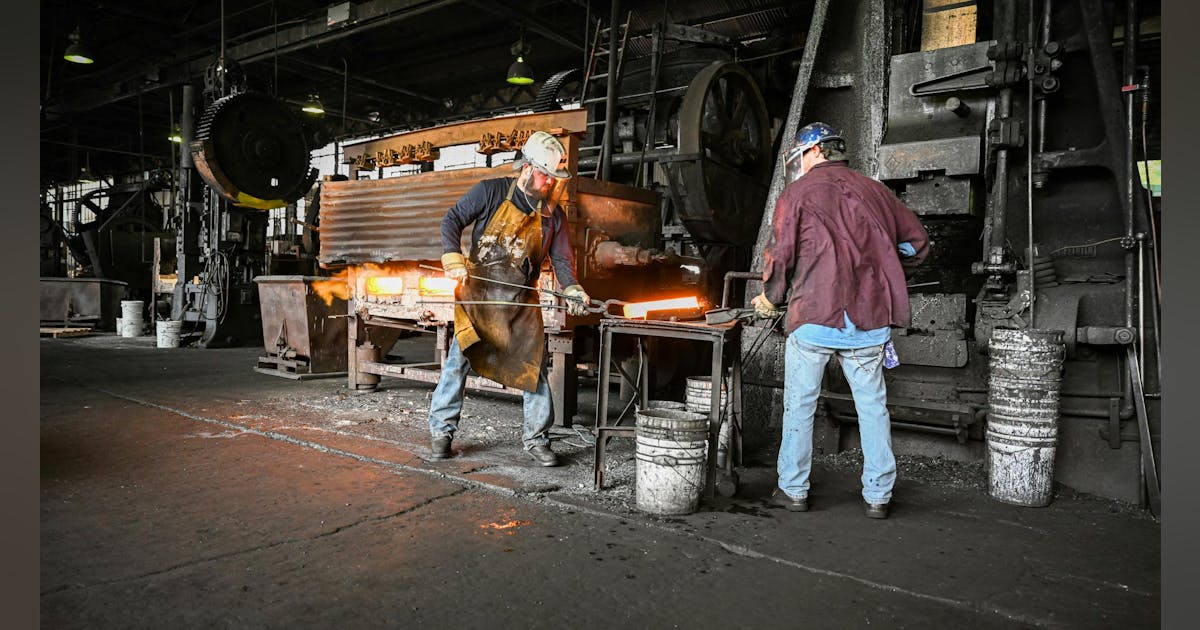
Domestic Manufacturing, Onshoring in the Age of Tariffs and Trade Wars
- 24.03.2025 17:30
- industryweek.com
- Keywords: Tariffs, Trade Wars
The article explores how Trump's tariff policies affect U.S. manufacturers, highlighting Warwood Tool's reliance on domestic steel and its hope for fairer competition, while Hard Head Veterans scales production by bringing manufacturing back to the U.S.